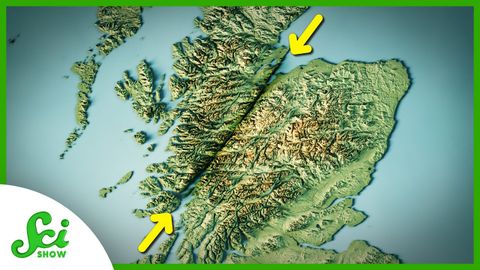スコットランドを直線で貫く理由 (Why There's a Straight Line Through Scotland)
Chan Ho Him が 2024 年 06 月 20 日 に投稿  この条件に一致する単語はありません
この条件に一致する単語はありませんUS /ˈɛpɪˌsod/
・
UK /'epɪsəʊd/
US /ˈprɑsˌɛs, ˈproˌsɛs/
・
UK /prə'ses/
- v.t.(コンピュータの)データを処理する;処理する;処理する;一連の工程を経る;加工する : 加工処理する;理解する
- n. (c./u.)手続き;一連の行為;方法;訴訟手続き;プロセス (コンピューター)
US /ɪˈnɔrməs/
・
UK /iˈnɔ:məs/
US /ˈɛvɪdəns/
・
UK /'evɪdəns/
エネルギーを使用
すべての単語を解除
発音・解説・フィルター機能を解除
